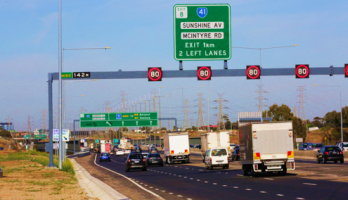
Data focus
The NFDH is undertaking road projects that involve collecting and benchmarking nationally consistent data to track Australia's road network. The data can help to find bottlenecks, target planning, and prioritise investment decisions.
Road agencies are sharing their road condition and expenditure data with the NFDH, and we are supporting the development of National Service Level Standards for Roads, under the Heavy Vehicle Road Reform national agenda.
Benefits:
- Nationally consistent, harmonised (unified), and secure data to enable efficient national benchmarking through the National Service Level Standards (NSLS) for roads
- Better understanding of the impacts of road condition, the number and types of vehicles using a road, and vehicle operating cost models for prioritisation of road investment projects
Outputs:
- Foundational roads data dictionaries and more efficient ‘touch once’ data collection and sharing from jurisdictions to various national stakeholders
- Rest Area Location and Facilities interactive
- Roadworks and Road Closures interactive
- Road Condition and Expenditure interactive
- Numbers of Trucks on Roads interactive
- Harmonised Traffic Counts interactive
- Nationally harmonised road datasets in the freight data catalogue, including:
Road interactives
Do you work in the road freight industry? We’re improving road data by putting in place data sharing agreements with state and territory agencies. If you produce road data and are not a part of our project yet, find out more about how 2-way data sharing can help you improve outcomes and boost productivity.










